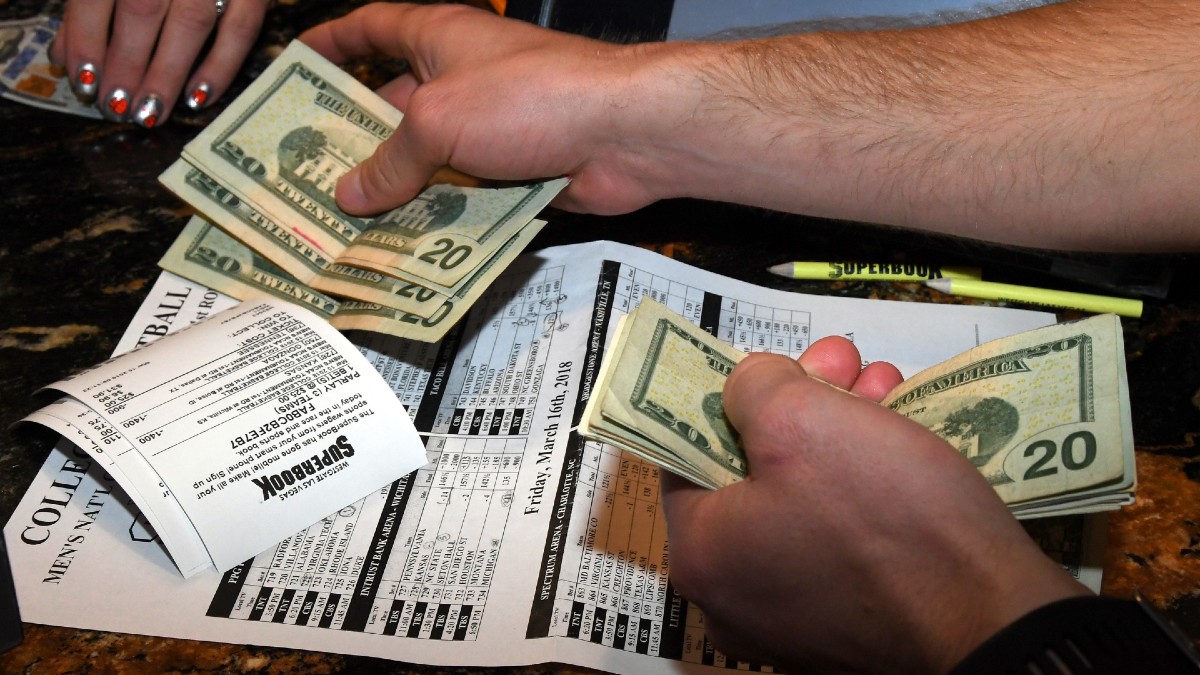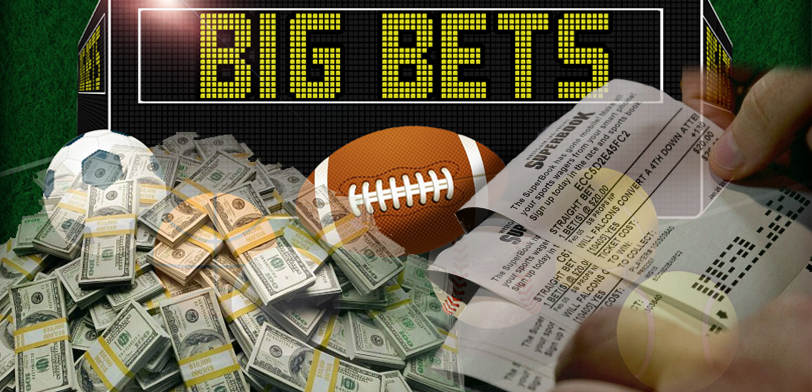
How To Minimise Overlaps In Doubles
Many newcomers to betting have a habit of making dozens of doubles from the same match in the same game day. A big mistake is the overlapping of such designs. That is, the same matches and outcomes can be included all at once, or in many combinations. This of course does not work at all. One failed bet, perhaps even on force majeure, with a correct prediction, will ruin all the money that was placed on that stack of presses.
So, it is possible to make one big express, for everything, as well as a number of expresses that will already not overlap with each other. In fact, it would turn out that one minus would only ruin two of the expresses, one of which is just a gamble. If most of the selections are correct, the remaining bets will win and the bettor will make a profit on the day.
Parlay Insurance

Sometimes it can happen that matches taken in a Parlay do not run in parallel, but with a slight time lag. Sometimes it happens that all the events are over, leaving one match still to be played. Sensible bettors get the idea of backing up. And that is a really sensible thing to do. When a big profit is about to be made, you should not get greedy.
For example, a parlay of four events at 1.78. Three outcomes have already been scored. The initial bet was $500 Potential winnings are 5,000, or 4,500 net. It would be quite reasonable to make a “fork” at another office, against the remaining outcome. There, the odds will be 2.17 on the reverse leverage. You should bet as much as you need to just stay with your money if you lose the parlay.
- 2.17 * X = X + 500
- (2.17 * X) – (1 * X) = 500
- 1.17 * Х = 500
- Х = 500 / 1.17 = 427.35
Here we bet 428$ If the last event is a mishap, we don’t lose anything. If the express still comes through, we get a net profit not $4,500, but $4,072. Of course, you can not insure straight away but follow the last game in play. It is up to an amateur.
Time Difference
An attentive bettor familiar with the wide range of variants of financial strategies knows very well that the expresses are mathematically very similar to the “staircase” strategy. There, one goes from step to step. Constantly putting not only the starting amount, but also the winnings from previous moves. The result is the same effect of multiplication of coefficients.
A staggered parlay has two significant advantages. Firstly, the matches are selected one after the other, so that they do not overlap in time. Only after one step is calculated, either the next step is taken (if the winner wins) or a new staircase attempt is made (if the loser loses). Such regularity stimulates to choose from many parallel matches the most reliable one, with the most confident bet. The sifting out of all odds and choosing one bet with the highest confidence has a positive influence on the climbing ability, of course, in comparison with expresses, which often include everything for the sake of increasing the total odds.
Secondly, going through the steps one after another makes it possible to use such a wonderful mechanism as a safety net. If the clouds gather over the bet, one can make a false bet in play, thus saving a try and go one step back. As mentioned above, the insurance options for classic expresses are much narrower.
So if you want to take advantage of the possibilities that odds multiplication brings, but you want to do some serious betting instead of just getting lucky, consider switching to decks.
The highest odds

Long-term success in betting must necessarily be based on mathematical calculations. If you are winning, but you don’t understand why, then rejoice early – it is only temporary. This kind of mathematical understanding of the processes is very valuable in the context of express betting as well, although it has little to do with classic professional betting. Above we showed how multiplying the margins of each component of a Parlay reduces the probability of it being a winning hand, which can have an impact on the remote result. Nevertheless, if you are going to use Parlays, then you need to do it mathematically correctly, to maximise your profits.
The point is to use the highest odds possible. You may have noticed that the same outcome is quoted differently in different bookmakers. Somewhere more favourable quotes are due to relatively low margins, somewhere there is just a local distortion of the particular match and market (essentially a micro-movement situation).
So, let’s compare what happens if you put a parlay in one place, where the quotes of all components are higher by only 0.01. The parlay will be for 10 events.
1.31 * 1.21 * 1.41 * 1.51 * 1.31 * 1.21 * 1.41 * 1.51 * 1.31 * 1.21 = 18.05
Well and press on the same outcomes, but from another office, where everything is lower:
1.30 * 1.20 * 1.40 * 1.50 * 1.30 * 1.20 * 1.40 * 1.50 * 1.30 * 1.20 = 16.74
Let’s imagine that on both parlay bets $100 each The first will yield $1,805 and the second $1,674 The difference is $131, just flat, due to the minimal difference in the odds. The difference on 100 of those picks would be $13,100. Obviously, you have to use the maximum quotes for the components. It’s silly to lose on nothing.
Clearly, you don’t need to sign up with dozens of offices at once to choose the most profitable combination. You just need to take 4-5 offices, which are convenient for you, and mark yourself, where the margin is smaller, for which outcomes the odds are higher. Based on the configuration of the planned parlay, the markets used for it, choose the office where it is all more profitable.
Conclusions
After winning a few big bets, take a break, reduce the frequency of picking and maybe even reduce the amounts. Withdraw the winnings altogether and spend them on yourself and your family, on real purchases of goods and services. Driven by gambling and greed, after winning, players think that they will now take money from bookmakers all the time, thanks to such betting odds. The bets go up, the odds go up and the number of tries goes up. This way the money is quickly returned to the bookmaker, and also drags a lot of your hard-earned cash on top. Remember that it is a mathematical property of expresses to lose by multiplying the margin of each component many times over. Only a cool head can keep you in the black, at least for local time periods.